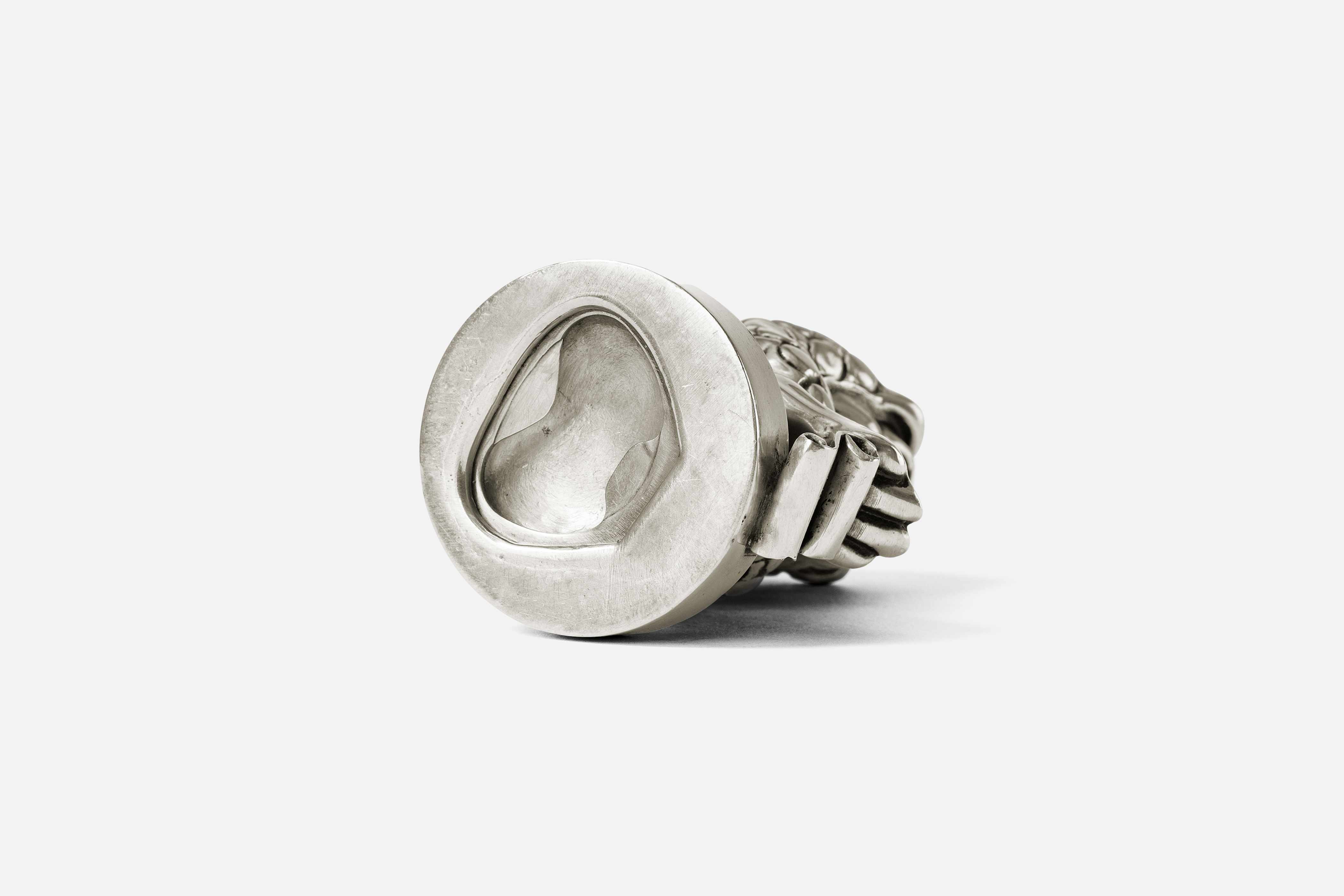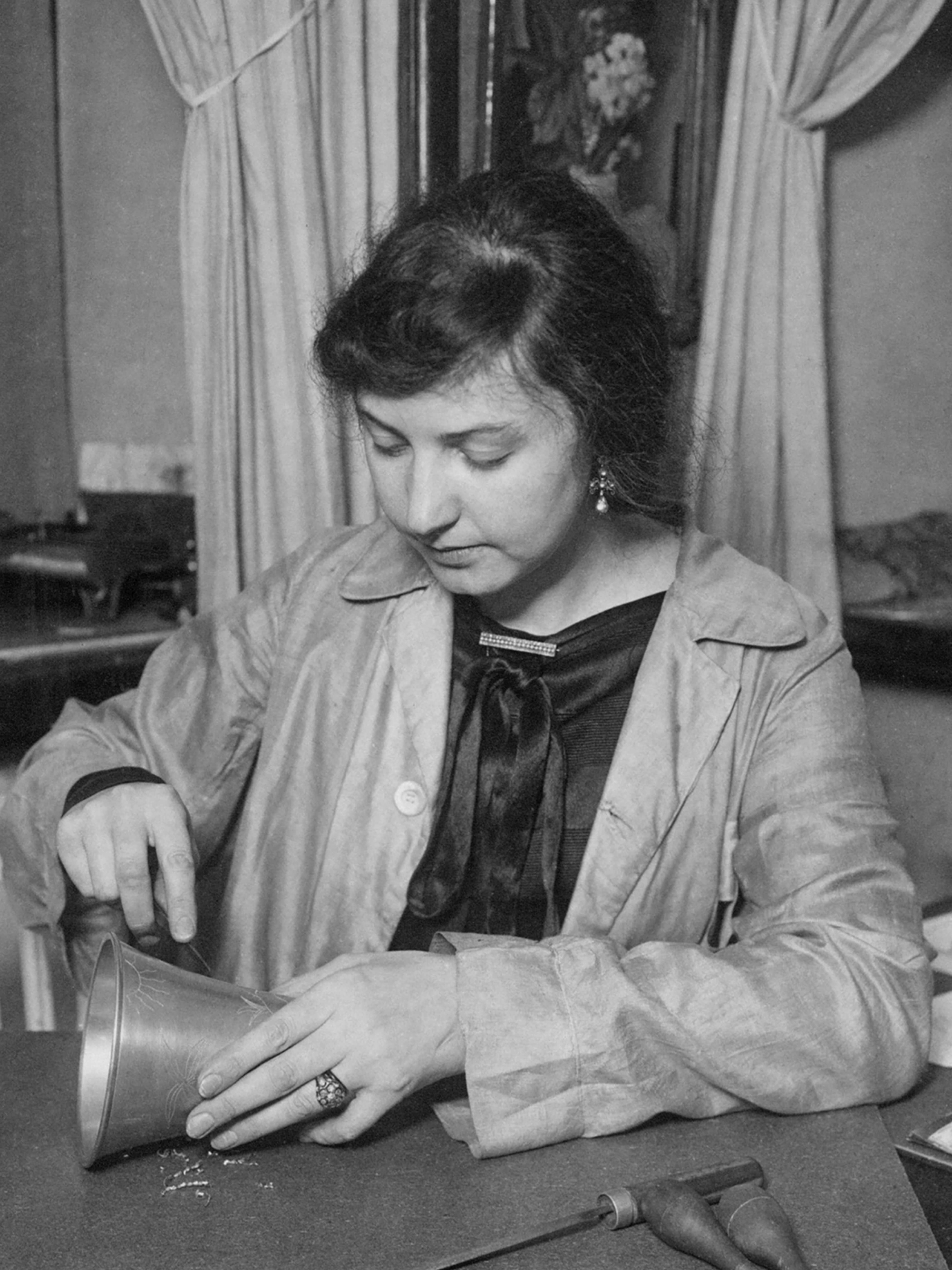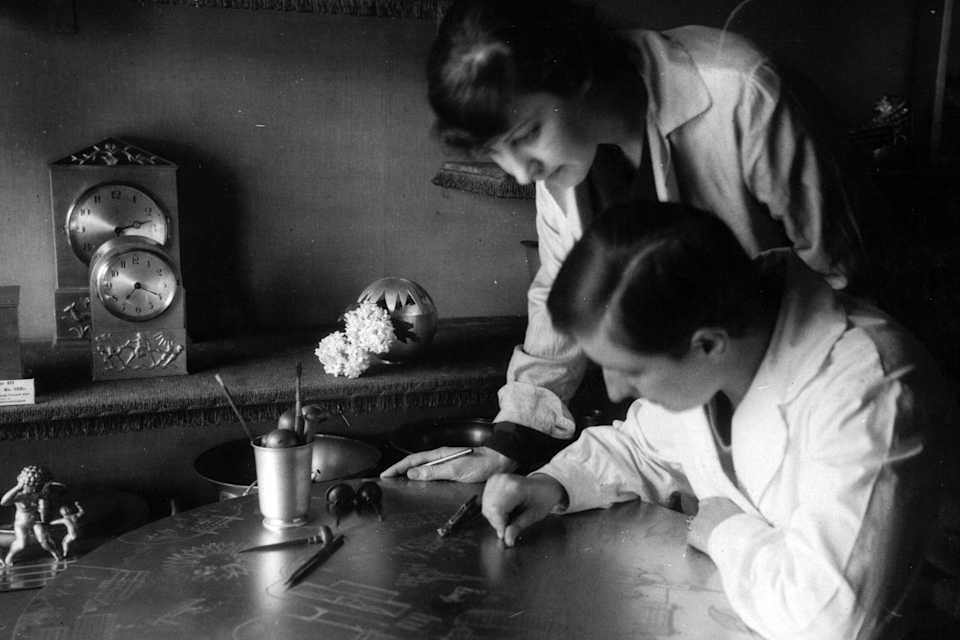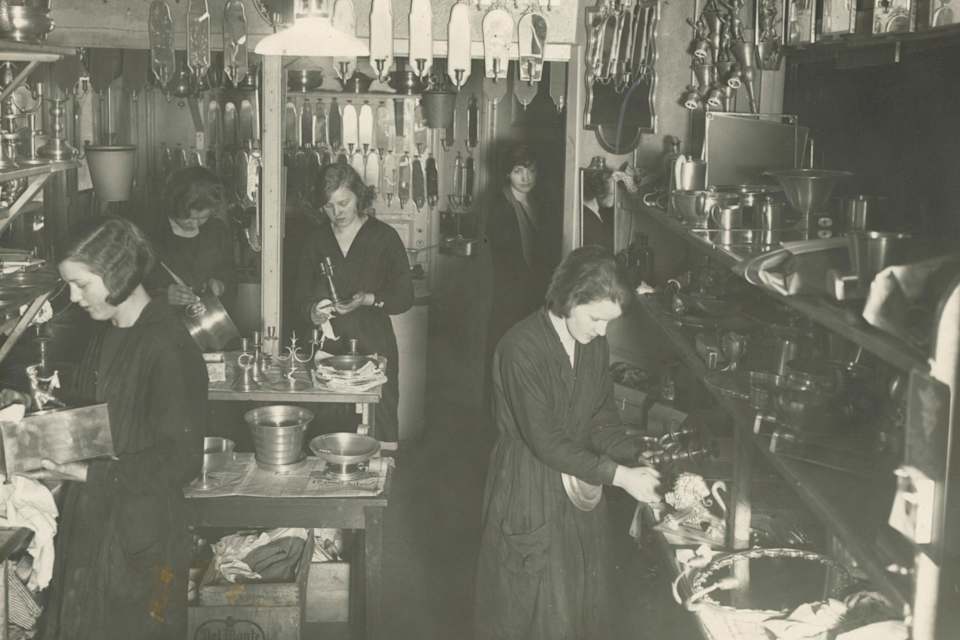
Wine Cork Panther












Pewter is among the most venerable and versatile materials in Swedish craftsmanship, and one of the few metals to have been used since prehistoric times. At Svenskt Tenn, pewter has been the lifeblood of the enterprise since its founding by Estrid Ericson in 1924. With its lustrous surface and enduring strength, this timeless material grows only more beautiful as the years pass.
Pewter is a soft metal of elegant silver-grey hue, widely used today for decorative objects, tableware and jewellery. Its lasting popularity lies in part in its graceful ageing; over time, pewter acquires a natural patina that lends each piece a distinct character. Malleable and silvery-white, pewter resists oxidation, and is often employed to protect other metals from corrosion through a fine coating.


It was with pewter that the story of Svenskt Tenn began, in the summer of 1924. At that time, pewter was seen as a contemporary and captivating alternative to silver: beautiful, accessible, and modern. For Estrid Ericson, a drawing teacher by training, it sparked a vision—to offer the public finely crafted pewter objects at reasonable prices. By her side was the celebrated pewter artist Nils Fougstedt, her artistic collaborator and chief designer.
Together, Ericson and Fougstedt established the "Art Craft Workshop" and, alongside two metalworkers, began producing and selling pewter pieces at Kungsholmstorg in Stockholm. Interest was immediate and enthusiastic. Within a few months, in October 1924, Estrid Ericson founded Firma Svenskt Tenn in her own right, opening a shop and workshop on Smålandsgatan. Her vision had taken fuller shape, and she commissioned the functionalist architect Uno Åhrén to design the shop’s interiors. The concept attracted both admiration and acclaim, with Nya Dagligt Allehanda reporting:
"... It was a rather original idea that she set out to realise. She intended not only to move her workshop to newly rented premises at Smålandsgatan 40, but also to fit out a shop where she herself would serve customers from behind the counter, whenever not engaged in decorating pewter pieces in the workshop."

The store at Smålandsgatan i Stockholm.

Estrid Ericson in the pewter workshop, 1924.

Nya Dagligt Allehanda“It was a rather original idea that she set out to realise...”

Today, more than a century later, Svenskt Tenn’s pewter objects are crafted at Humstorp Metall in Västergötland, Sweden, and at the family-owned company Freitas in Portugal.
The process begins with the ignition of the melting crucible. Pewter melts at 232 degrees Celsius, and it takes about an hour to reach the optimal temperature for casting. The molten metal is then poured into moulds known as kokiller—a delicate operation requiring exceptional precision and craftsmanship.
The slightest miscalculation—whether in temperature, angle, or pouring speed—may cause a casting to fail, requiring the pewter to be remelted and the process begun anew. Pewter solidifies within mere seconds, depending on the product and the temperature of the metal, and the moulds must cool before they can be used again.
Once removed from the moulds, each piece is meticulously ground and, where necessary, hand-finished to refine contours and reveal intricate details. At this stage, every item is also carefully inspected to determine whether further refinement is required, ensuring that each object meets the highest standards of artistry and craftsmanship.

Pewter melts at 232 degrees Celsius.

The craftsmanship at Humstorp in Västergötland.

Anna Petrus was a prominent designer, sculptor, and artist who early on was commissioned by Estrid Ericson to design objects for Svenskt Tenn. With her distinctive style and outstanding craftsmanship, Petrus highlighted the advantages of pewter in the 1920s.